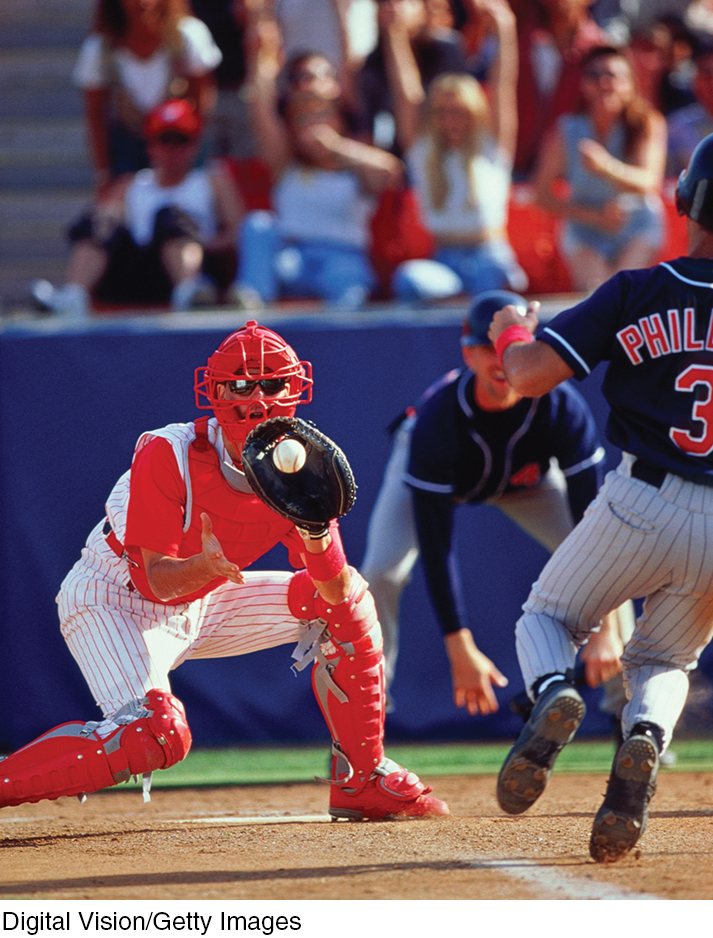The Labor Market
11

Learning Objectives
11.1 Discuss the tradeoffs between work and leisure according to the substitution and income effects.
11.2 Explain why an individual laborsupply curve is backward-
11.3 Describe the factors that can change labor supply.
11.4 Describe the factors that can change labor demand.
11.5 Determine the competitive market equilibrium for labor.
11.6 Identify the ways in which economic discrimination can occur.
11.7 Describe the concept of segmented labor markets and how they affect wage levels.
11.8 Identify the federal laws and policies aimed at combating discrimination.
11.9 Describe the history, costs, and benefits of trade unions.
11.10 Discuss how the labor market has adapted to changing economic conditions over the last few decades.
Did you see where some baseball player just signed a contract for $50,000 a year just to play ball? It wouldn’t surprise me if someday they’ll be making more than the President.
QUOTE FROM 1955
Some professions, such as baseball, try to maintain their traditions, but salaries for Major League Baseball players certainly have not remained the same. The average professional athlete was not formerly a multimillionaire. In 1964 the average salary in Major League Baseball was a mere $14,000 (about $100,000 in current inflation-
Because the labor market demand for athletes is so great, professional sports leagues need to pay much higher salaries than they did 50 years ago in order to encourage the very best athletes to seek a career in sports. In 2015 the average salary for a Major League Baseball player was $4.25 million, with the top earning player, Clayton Kershaw, earning $32.6 million. Even relatively unknown players, such as Chris Withrow and Luis Jimenez, made over $507,500, the minimum salary in Major League Baseball in 2015. The president of the United States makes $400,000 a year. Indeed, the prediction from 1955 came true . . . for every player in the major leagues!
This chapter and the next begin our analysis of input markets, also called factor markets. Behind the production of all goods and services are inputs: workers, machinery, and manufacturing plants. Input markets are similar to product markets in that both rely on demand and supply analysis. The main difference, however, is that in input markets, firms demand inputs, whereas in product markets, firms supply goods and services.
This chapter focuses on the analysis of labor markets. The first two sections look at competitive labor markets, where the participants—
Competitive labor markets are similar to competitive product markets. We make several key assumptions. First, we assume that firms operate in competitive industries with many buyers and sellers, a homogeneous product, and easy entry and exit. A second assumption of competitive labor markets is that workers are regarded as equally productive, such that firms have no preference for one employee over another. Inhumane as it sounds, labor is treated as a homogeneous commodity. Third, a competitive labor market assumes that information in the industry is widely available and accurate. Everyone knows what the going wage rate is; therefore, well-
A firm’s demand for labor is a derived demand; it is derived from consumer demand for the firm’s product and the productivity of labor. The labor supply, on the other hand, is determined by the individual preferences of potential workers for work or leisure. Like all competitive markets, supply and demand interact to determine equilibrium wages and employment.
Following the analysis of the competitive labor market, we then ask why some people make more than others. Although differences in occupation and skill levels play a dominant role in determining wages, how often are wage differences the result of discrimination against people of a certain race, ethnicity, or gender?
Another reason for differences in wages is the role of unions. Unions are legal associations of employees that bargain with employers over terms and conditions of work. Unions use strikes and the threat of strikes to achieve their goals. The Major League Baseball Players Association is a powerful union, which negotiates salaries and benefits on behalf of its members. Sometimes disputes between the players union and team owners have resulted in strikes. In 1994−1995, a long strike led to a very short baseball season. Without the union, today’s baseball players might not all be making more than the president of the United States.